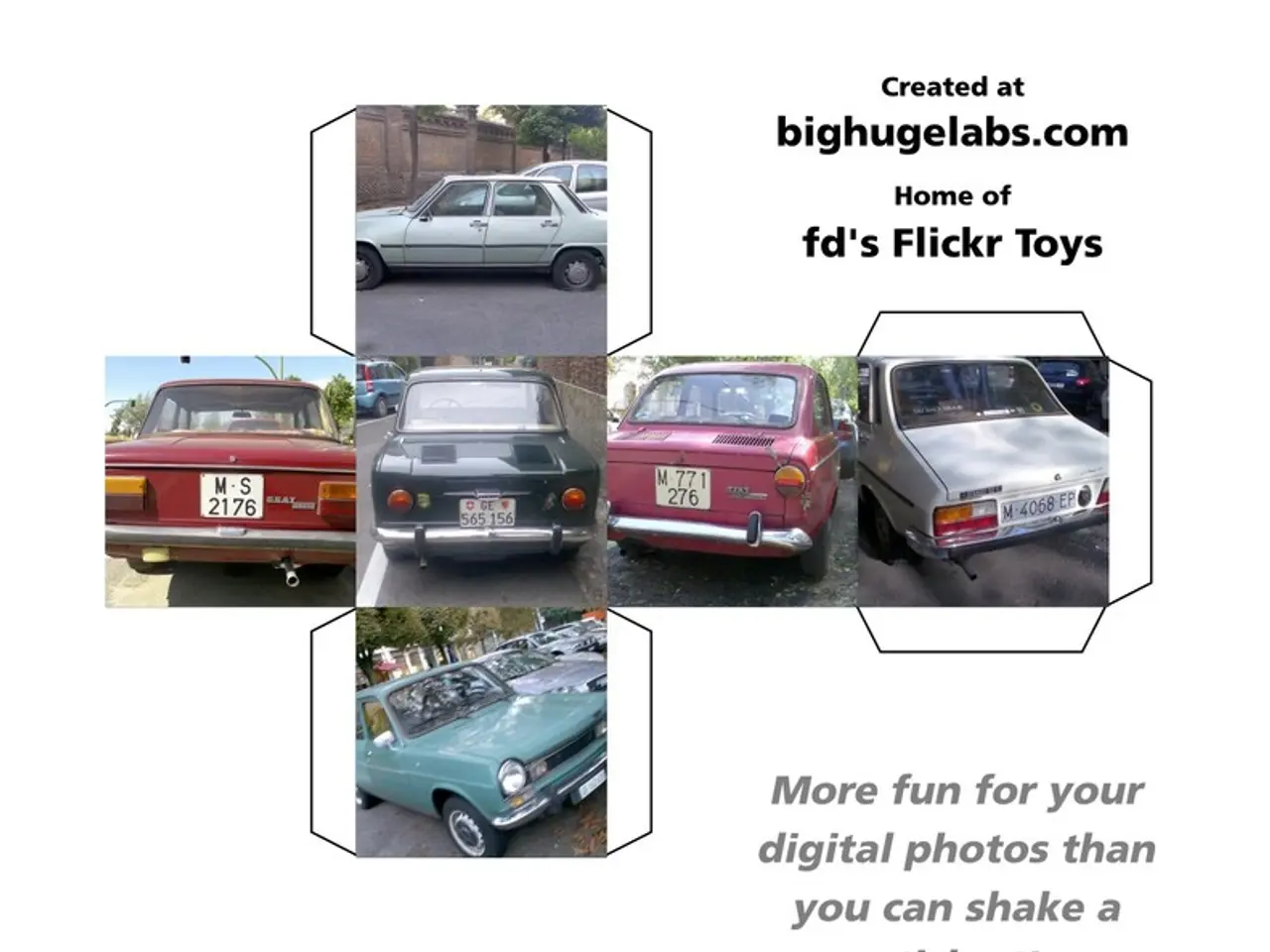Safety for Young Motorists: Apps Designed to Aid Teenage Drivers and Their Guardians
=======================================================================
In an effort to curb the high number of accidents involving teen drivers, many parents are turning to technology for help. Driving apps designed to promote safe driving habits are becoming increasingly popular, offering real-time feedback, monitoring phone use, speeds, and sudden stops, and allowing parents to receive alerts about unsafe behaviour.
However, despite these advancements, teen distracted driving remains a critical problem. Distraction is involved in a majority of teen crashes, with phones being a major factor. Nearly half (46%) of teens admit to using their phones behind the wheel, despite parental concerns. Phones contribute to many distraction-related fatalities, with about 400 deaths in 2023 involving cellphone use for drivers of all ages.
Parents often overestimate their teen's driving safety. Around 90% of parents believe their own teen is a safe driver, while teens report riskier behavior and distractions like passengers cause more distraction than parents realize. This gap suggests parents may underutilize or misdirect the use of driving apps for behavior correction.
The impact of these apps is limited by parental misperceptions and teens’ susceptibility to peer influences and distractions. However, statistics on teen driving risks highlight the need for interventions. Teens (ages 15-19) are overrepresented in crashes, with about 24% of fatal crashes involving drivers 24 or younger and 38% of teen crashes speed-related. Distractions from phones, passengers, and vehicle controls spike during high-risk periods like summer.
Parental use trends indicate increasing adoption but challenges remain. More parents are trying tech solutions to oversee teen driving, yet many do not address key distractions or lack consistent enforcement of safe habits. Apps are most effective combined with open communication about risks and consequences.
One such app is SafePilot, USAA's behavior-based insurance app. SafePilot rewards safe driving with premium discounts and aims to reduce accidents, improve road safety, and incentivize safe driving practices. Young drivers using these apps are less distracted by their cell phones and more observant of speed limits.
National Teen Driver Safety Week, powered by the NHTSA, is aimed at raising awareness for the risks teens will face on the road. During this week, USAA is reminding young drivers and their parents of safe driving practices. Among those parents that use driving apps, 87% feel their child's driving improved since using the app. Monitoring their child's driving habits through these apps empowers parents to provide valuable feedback and create necessary awareness.
Despite the challenges, the growing adoption of driving apps offers hope for reducing teen crashes and fatalities. Continued education, better app adoption, and realistic expectations are essential to leveraging this technology to its fullest potential.
References:
- SafePilot by USAA
- Insurance Institute for Highway Safety
- National Highway Traffic Safety Administration
- Centers for Disease Control and Prevention
- AAA Foundation for Traffic Safety
- The surge in popularity of telematics, such as driving apps, is driving efforts to promote safe driving habits among teenagers.
- Science and technology have played a crucial role in developing these apps, allowing for real-time monitoring and feedback on safe driving practices.
- As the health-and-wellness sector expands, fitness-and-exercise apps are also being incorporated into lifestyle changes, aiming to improve overall well-being.
- Family dynamics are shifting with the introduction of smartphones, as they become a significant factor in teen distracted driving.
- Gadgets like smartphones have transformed not only driving habits but also family relationships, with open conversations about responsible usage being essential.
- Technology has impacted education-and-self-development, making online learning a viable alternative during the pandemic and beyond.
- Car-maintenance apps are another example of technology's influence, helping users to better understand their vehicle's performance and identify potential issues.
- American football, particularly in the NFL and NCAA, has been caught up in the use of technology to improve player safety and performance, such as wearable devices to track heart rates and impact levels.
- In sports like football, technology plays a role in managing player health and wellness, as well as performance analysis, contributing to better player development.
- The car-maintenance and sports industries further demonstrate the vast impact of technology on lifestyle and relationships, including the relationship one has with their vehicle and loved ones.




